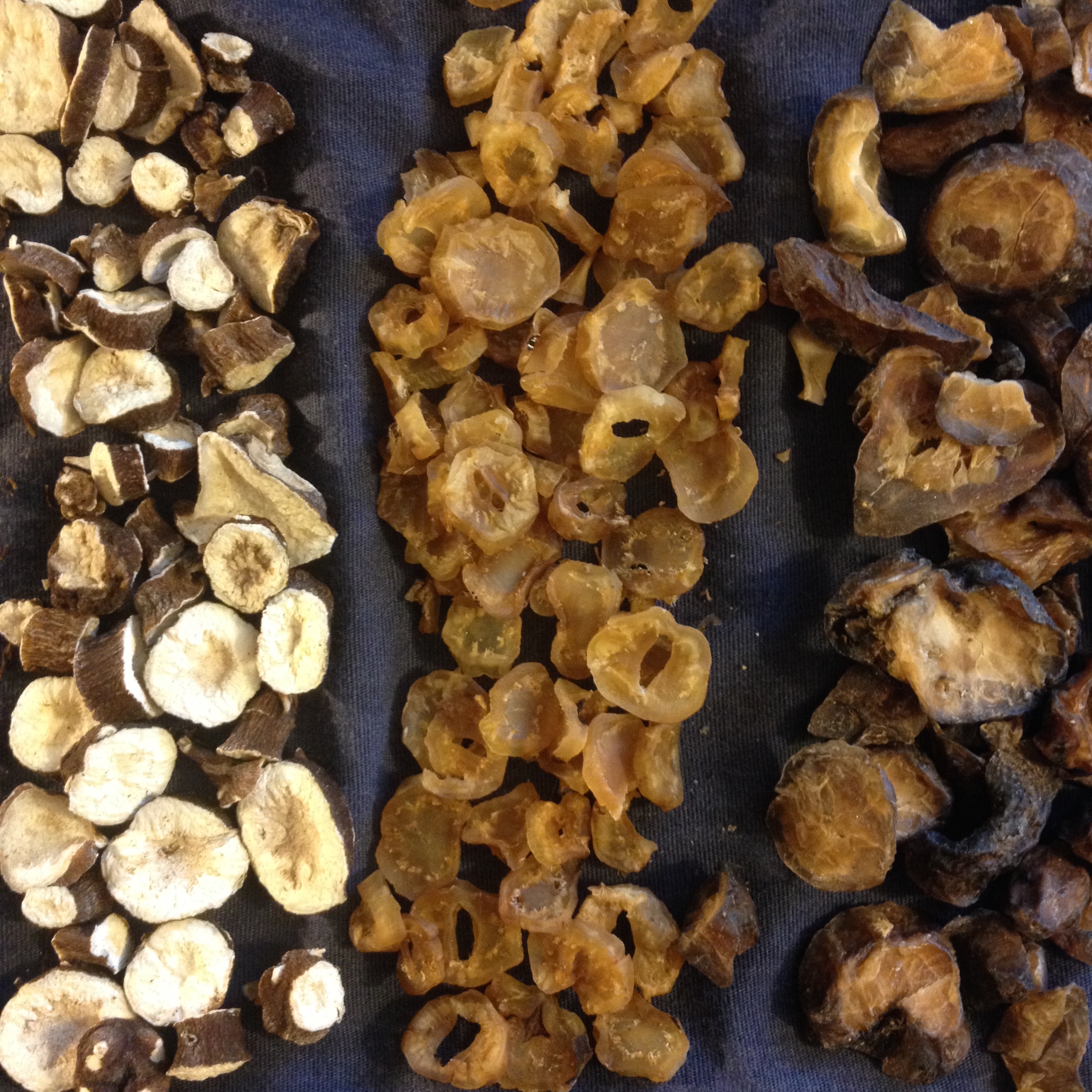Have you ever drank a TCM herbal decoction? Chances are that you have stumbled upon this Chinese herb.

This herb is called Fu Pian and it is in 13.2% of 500 known Chinese herbal formulas!
We found out that different processing methods of Fu Pian will affect the chemical constituents in it considerably.
Using ChemoPower’s SmartDalton and MoleculeDB technology, we were able to analyse its chemical constituents and identify the individual unique chemical compounds in each differently processed Fu Pian.
137 volatile chemical compounds were found across the samples and we found out that each sample contains 2-4 unique volatile compounds which will allow us to differentiate the four differently processed Fu Pian.

We analysed four differently processed Fu Pians(附片):
Sheng Fu Pian(生附片), Hei Shun Pian(黑顺片), Bai Fu Pian(白附片)and Pao Fu Pian(炮附片)
Fu Pian also known as Aconite herb is the processed daughter root of Aconitum carmichaeli Debx. It is so poisonous when used inappropriately yet it is such an essential herb in several Chinese herbal formulae. It is used extensively in TCM to treat diarrhoea, relieve rheumatism chills and others.
Data analysis done by Lynn Tay, Intern (Singapore Polytechnic)
Article written by Gilbert Goh, Intern (Singapore Polytechnic)

